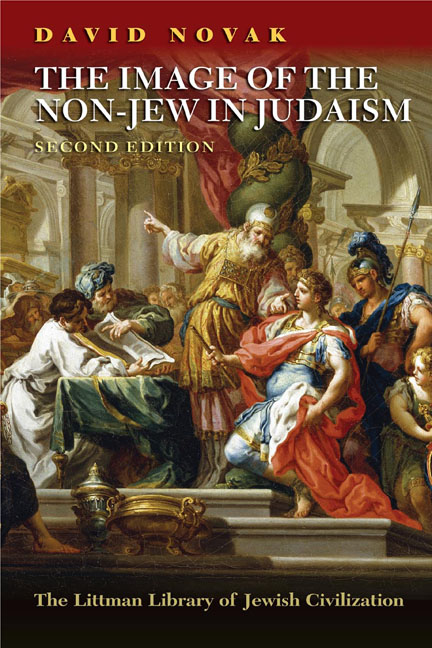Book contents
- Frontmatter
- Dedication
- Preface
- Acknowledgments
- Contents
- Chapter Summaries
- 1 The Origins of the Noahide Laws
- 2 The Law of Adjudication
- 3 The Law of Blasphemy
- 4 The Law of Idolatry
- 5 The Law of Homicide
- 6 The Law of Sexual Relations
- 7 The Law of Robbery
- 8 The Law of the Torn Limb
- 9 Aggadic Speculation
- 10 Maimonides’ Theory of Noahide Law
- 11 Albo's Theory of Noahide Law
- 12 Late Medieval Developments
- 13 Moses Mendelssohn and his School
- 14 Hermann Cohen and the Jewish Neo-Kantians
- 15 Conclusion
- Afterword
- List of Abbreviations
- Notes
- Bibliography
- Index
5 - The Law of Homicide
- Frontmatter
- Dedication
- Preface
- Acknowledgments
- Contents
- Chapter Summaries
- 1 The Origins of the Noahide Laws
- 2 The Law of Adjudication
- 3 The Law of Blasphemy
- 4 The Law of Idolatry
- 5 The Law of Homicide
- 6 The Law of Sexual Relations
- 7 The Law of Robbery
- 8 The Law of the Torn Limb
- 9 Aggadic Speculation
- 10 Maimonides’ Theory of Noahide Law
- 11 Albo's Theory of Noahide Law
- 12 Late Medieval Developments
- 13 Moses Mendelssohn and his School
- 14 Hermann Cohen and the Jewish Neo-Kantians
- 15 Conclusion
- Afterword
- List of Abbreviations
- Notes
- Bibliography
- Index
Summary
Introduction
The fourth Noahide law is the prohibition of bloodshed (shefikhat damim). The Gemara attempts to derive this law from a literal reading of two words from Gen. 2:16, a reading that the full context of the verse does not support. The verse, conventionally, reads: “And the Lord God commanded the man …” Although “the man” (ha-adam) is preceded by the preposition al (usually “on” or “about”), the context of the verse seems to indicate that al functions here accusatively, designating “the man” as the direct object of the command. Such use is common. The rabbinic exegesis of these words, however, interprets the verse as: “And the Lord God commanded about man,” taking al literally and haadam to refer to generic “mankind.” This use of ha-adam is then linked to Gen. 9:16—“whosoever sheds human blood …” This reading should be seen as part of the rabbinic attempt to prevent the prescriptions of this verse applying to Adam and Eve alone. Rather, it was normative for humanity at all times.
The Rationality of the Prohibition
Of all the Noahide laws, the necessity of the prohibition of bloodshed was considered by many to be the most immediately evident. This was seen both in relation to the understanding of human character as a social and political being, and as humanity made in the image of God.
In the absence of this prohibition, it was usually emphasized that the possibility of social life would be ruined. Public safety demands it. As Philo writes, “you shall not murder—the second head forbids murder, and under it come the laws, all of them indispensable (anangkaioi) and of great public utility (koino¯pheleis) …” Our natural sociality, according to Philo, insists upon the proscription of murder. Maimonides later indicated that it is the most immediately evident of all the laws governing human relations: Even though there are iniquities more serious (hamurin) than bloodshed, they do not involve the destruction of civilization (hashhattat yishuvo shel olam) as does bloodshed—not even idolatry and, needless to say, incest (arayot) or Sabbath desecration—they are not like bloodshed. For these iniquities are transgressions of what is between man and God, but bloodshed is a transgression between man and man.
- Type
- Chapter
- Information
- The Image of the Non-Jew in JudaismThe Idea of Noahide Law, pp. 97 - 112Publisher: Liverpool University PressPrint publication year: 2011

